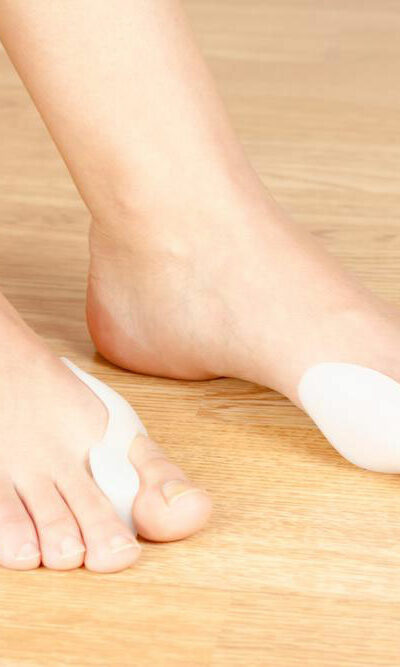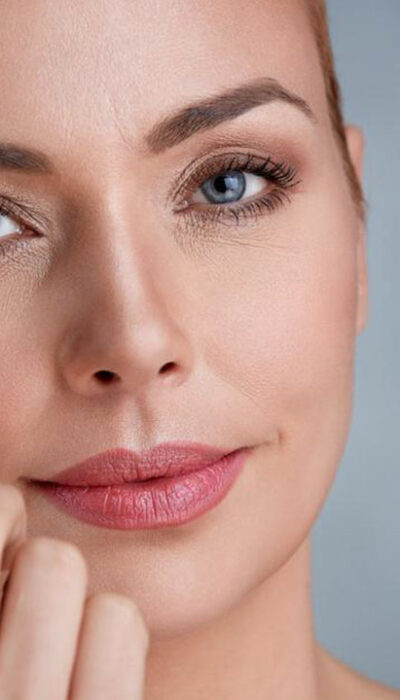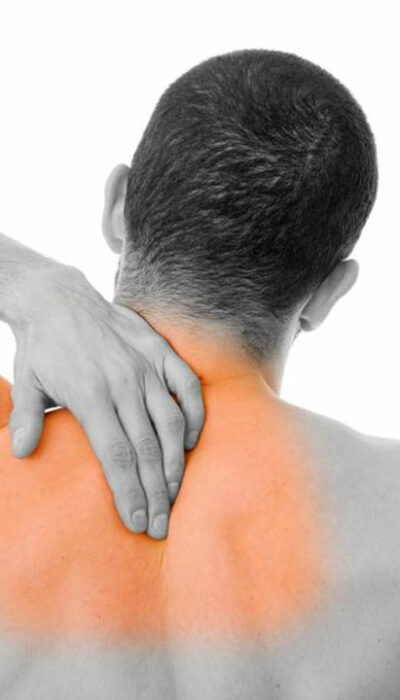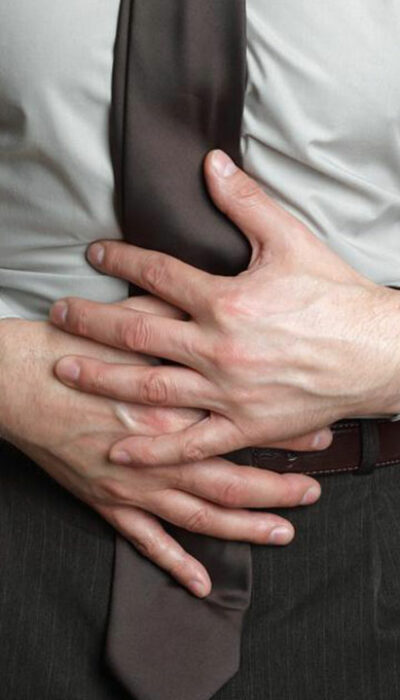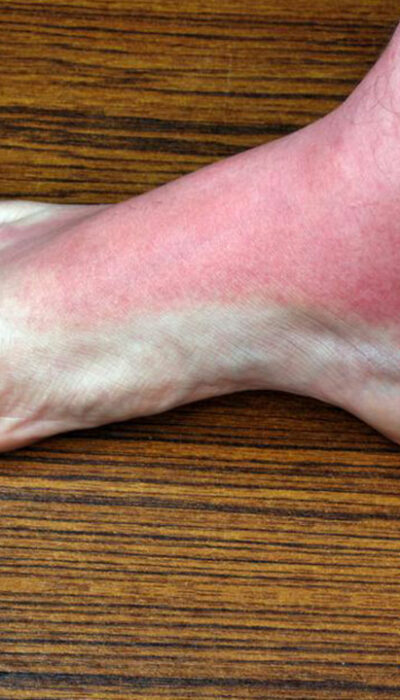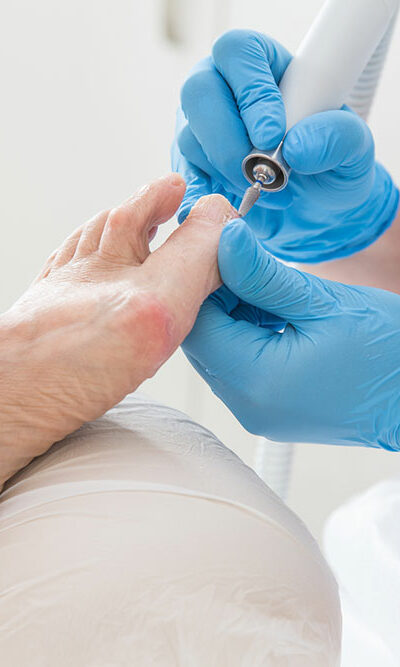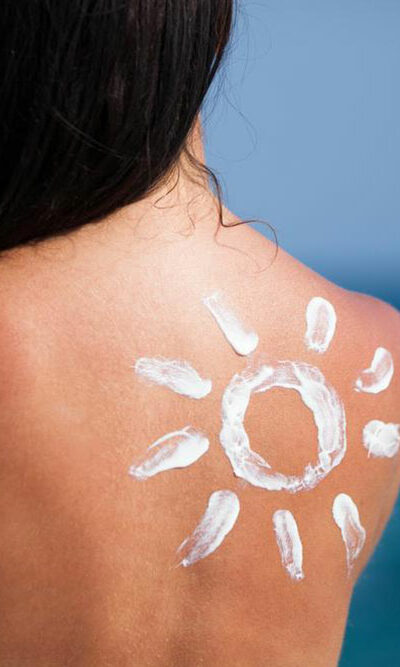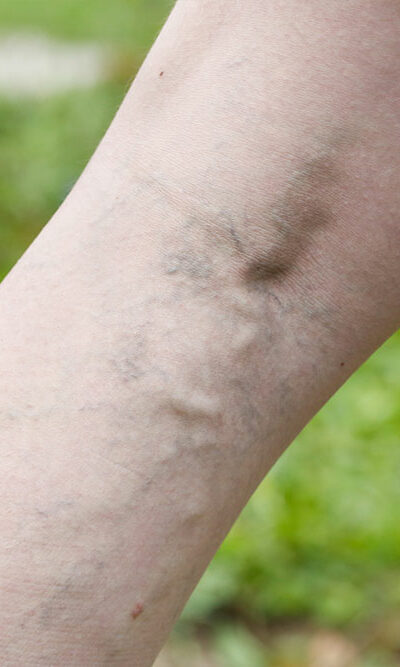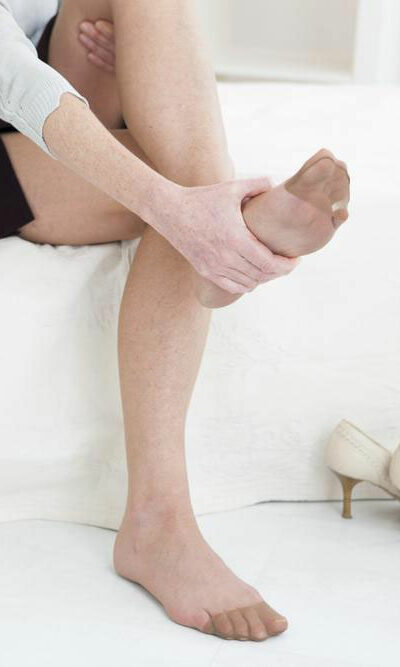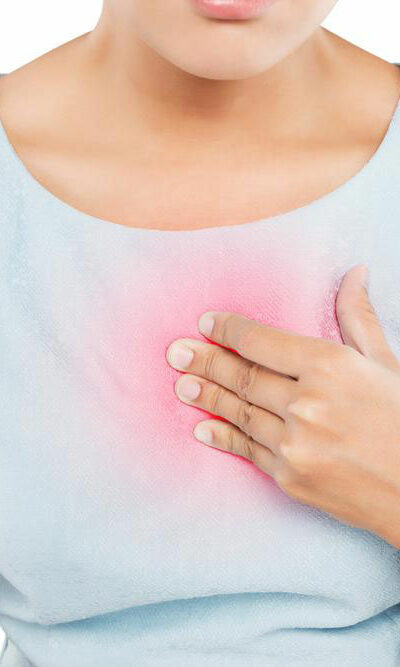
How to Treat and Prevent Heartburn and Indigestion
Heartburn is an unpleasant condition often characterized by a burning sensation in the throat and chest. Most of the times, it is triggered by the food we consume, especially acidic, fatty or spicy foods. Heartburn and indigestion are often used interchangeably. But, it is important to understand that heartburn is a symptom of indigestion. Eating certain foods can cause some discomfort in the belly, resulting in digestive pain and heartburn. In a lot of cases, heartburn is also caused due to acid reflux, a condition in which some of the stomach’s content is forced back up into the esophagus. If the acid reflux happens more than two times a week, it is called gastroesophageal reflux disease. According to the American College of Gastroenterology, approximately 15 million Americans experience heartburn every day. Common causes of heartburn If one experiences occasional heartburn, then it is generally not a cause for concern. Persistent acid reflux may result in the diagnosis of GERD, which can have serious consequences for health or may indicate another underlying health issue. However, conditions such as digestive motility disorders, hiatal hernia, diabetes or asthma can also lead to excessive heartburn. Certain medications, such as anti-anxiety pills, steroids, antibiotics, and narcotics, can also trigger heartburn. Some ways to prevent heartburn There are plenty of ways to prevent this unpleasant and discomforting condition from occurring, such as the following: Avoid excessively acidic and spicy foods Maintaining a healthy body weight Not wearing very tight clothes, especially around the waist Eating regulated portions of food Avoiding smoking Avoiding constipation Getting adequate rest and reduce stress Consuming warm liquids after meals Waiting for 3 hours after eating before going to the bed or lying down Treatment of heartburn Treatment for heartburn and indigestion usually begins with making certain lifestyle and dietary modifications. In case, one experiences occasional bouts of heartburn, one can take some over-the-counter medicines for getting instant relief.

